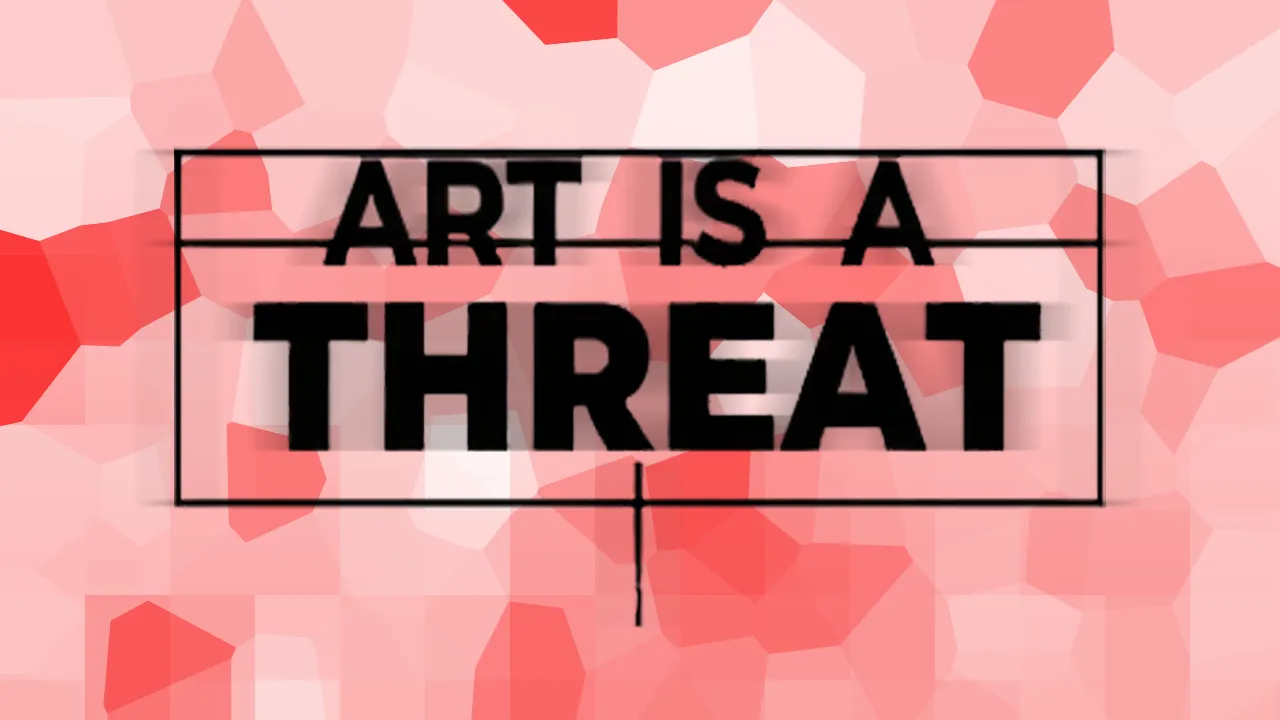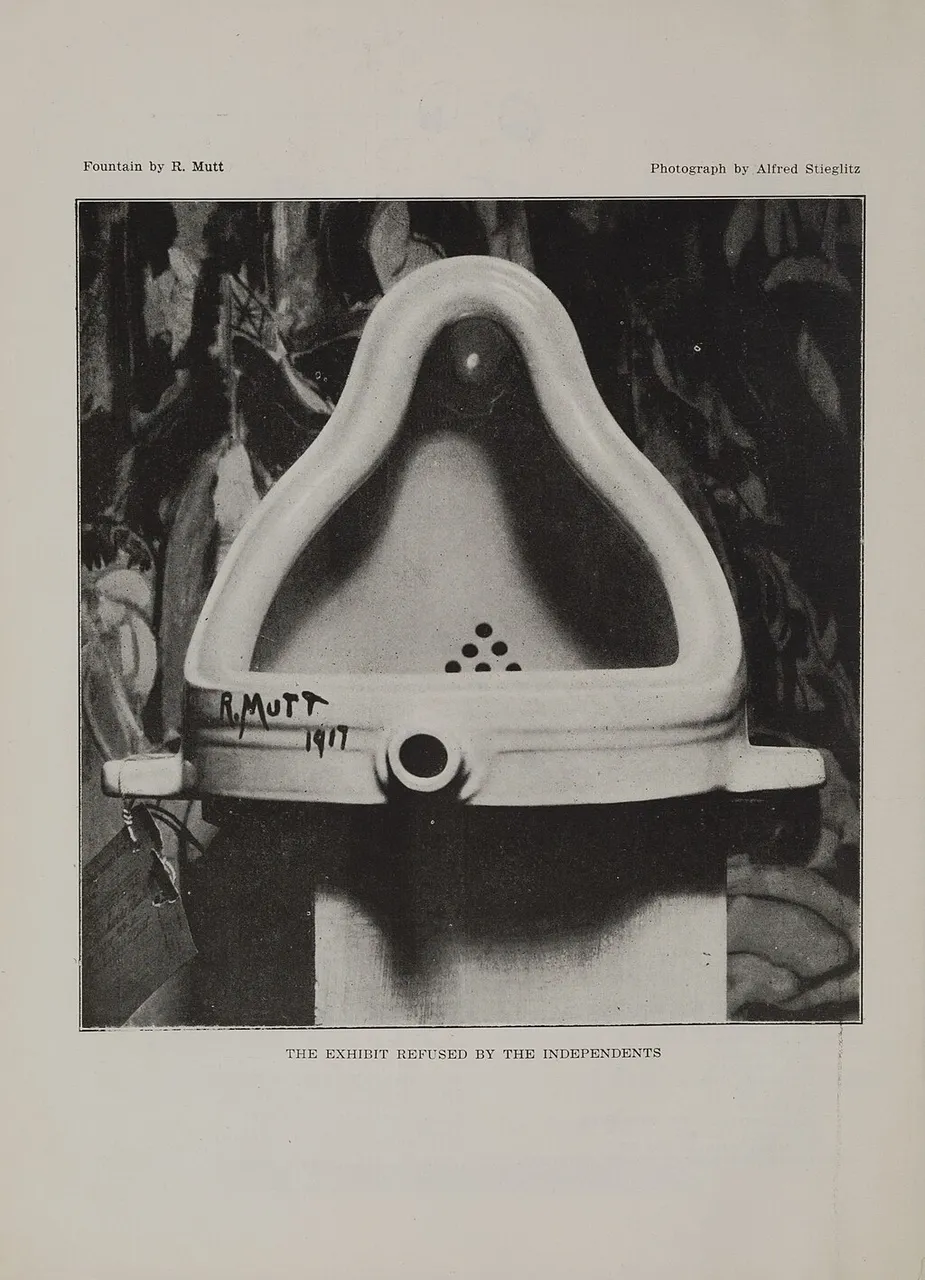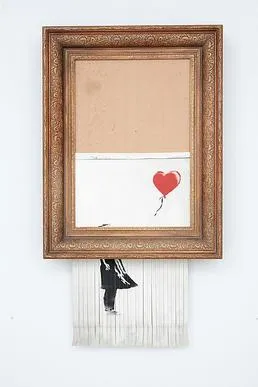
Art endures. We have seen cave paintings from thousands of years ago. We know about the pieces that are closely guarded and constantly preserved and restored in galleries. Art shows us what the world was like, at a point in history.
Want to be labelled a radical? Be an Artist.
Take for example the work of Duchamp. Only, it wasn't his work, it was signed Richard Mutt. And it was a urinal. It was the birth of the readymade, in Art, an ordinary object baptised by an artist.

Image of Fountain By Man Ray / Marcel Duchamp / Alfred Stieglitz - WikiMedia Commons
Only, it wasn't shown. It was 1917, New York. His work, Fountain was censored. It wasn't on display. Therefore, was it even really Art?
For you see, Fountain was an entry to an open exhibition, and Duchamp, already an established artist - didn't want to enter in his own name. But when it wasn't shown, he resigned from the board at the Society for Independent Artists.
Duchamp's thesis here was that anything can be art, if the artist deems it so. If anyone can be an artist, then anything can be Art, too. Duchamp's Fountain was a threat to every single piece of Art in the exhibition.
While it was to be presented on its side, perhaps even Duchamp feared that someone would piss in it. Or was he just taking the piss? Still, one hundred years on; the Art world still talks about Fountain.
Duchamp didn't take a knife to the gallery and murder the traditional concept of Art. He didn't need to. The critics did. All he needed was $6, and a urinal. And 100 years later it is still spoken about as a moment of transition in Art.
He challenged the rise of the democratisation of Art, of the notion that anyone could be an artist. A notion that still today, sits on the precipice.
Today, contemporary art is often mired in obsessive, obscure, and difficult-to-penetrate artefacts. Objects, images, performances, and interactive experiences that at a glance baffle, at interrogation puzzle, and only with explanation are marginally understood.
The artist's vision is sculpted by the experience of the person visiting upon the piece. However, the work itself is also sculpted by something - a combination of the artist's will, and a product of the society in which they live.
It is no secret that art sees very little funding compared to other areas of the economy. It is pushed to the fringes. It is practiced in bedrooms, basements, studio apartments, and other places that are likely barely up to building code.
It’s displayed wherever it can fit—on walls that don’t carry the word gallery, but masquerade as cultural spaces: council foyers, cafés, waiting rooms. Much of it is decorative, safe, unthreatening. Anywhere that there is wall space (And a hanging system, lest you put a hole in a landlord's wall - how dare you, uncultured swine) to be found, there is space to be decorated.
Fundamentally, art goes where it fits. Wherever it can find a place. The rise of aerosol art, and graffiti is no doubt a sign of this. Any wall is a canvas in the urban environment, and outside of commissioned works, or stuff that clearly has a high level of artistic merit, it is a constant love triangle between the can, the pressure washer, and the judiciary.
A lot of graffiti is simply an act of rebellion, but think about Banksy for a moment. His work destroyed itself in the middle of an auction. That was clearly not about the money. It was a refusal to be sold. Paradoxically, it increased the value.

Banksy - Live is in the Bin source
Art comes from within. The artist has something to say. Something to express. Something to share. The artist often works other jobs to subsist, and we've all become familiar with the starving artist stereotype.
Political satirists get thrown in prison for their comics. Some might say they live in a dictatorship, or an autocracy that defies any and all sedition. But there's an important thing to remember. Satire is not sedition, and expression is just that. The eye of the beholder, or the eye of the tyrant sees it as a threat to power.
At the same time, the governments of the world extend an olive branch to the institutions of art, encouraging people to apply for grants and be selected to create and show new bodies of work. They're tackling issues of the day, commissioned, sterile, within the brief of the grant.
Art sits on gallery walls, but if we want to find the art that moves minds and motivates, we can look to propaganda and other such artefacts. Increasingly, fashion carries the language of rebellion that Art once did. If the canvas of the city street will run clean with soap tomorrow, wear the rebellion on your back.
Or look at it on IPFS. Look at it in NFTs, and look at the Art that gets no funding, that is oppressed and censored by mainstream vehicles of the cultural landscape - reddit, facebook, instagram, tiktok, etc.
The real threat that art poses to society is not that it exists, it is that it critiques. It makes comfortable people uncomfortable, and uncomfortable people motivated.
It plays a part in shaping our futures, but it is a product of our present.
If you want your art to be a threat, it needs to make someone uncomfortable.